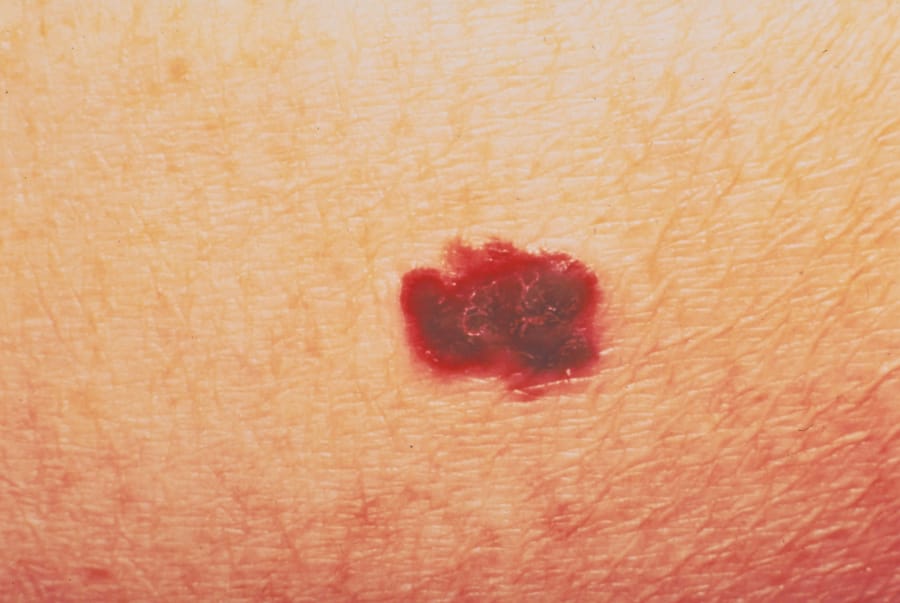If you’ve wondered whether crusades promoting sun protection are making any difference, consider Rostraver Middle School, 25 miles southeast of Pittsburgh.
In hopes of winning a $5,000 grant offered by the Pennsylvania Academy of Dermatology, pupils submitted essays about why sun safety matters. Sixth-grader Maclaine Povlish’s winning entry earned her school a playground “shade structure” so kids could get away from damaging UV rays.
“Even though most of us would agree that the sun has many benefits, including helping the body produce vitamin D,” Maclaine wrote in her essay, “it is just as important to understand the risks.”
Rostraver is anecdotal evidence of an encouraging trend tracked by Seattle researchers: a nine-year-long decline in melanoma rates among adolescents and young adults.
To be sure, the deadly skin cancer is still far more common in older people. Fewer than one in 100,000 adolescents were diagnosed in 2015, compared with 63 per 100,000 men age 40 and over, according to the study published in JAMA Dermatology.
Still, through 2005, melanoma incidence “was rapidly increasing in all age groups, including pediatric, adolescent, and young adults,” the authors wrote.
That alarming trend changed between 2006 and 2015. The total number of melanoma cases in a national cancer registry fell by almost a quarter among adolescents (ages 10 to 19) and young adults (ages 20 to 29), from 2,903 to 2,224. The decline occurred even as the total population of adolescents and young adults was growing, said lead author Kelly G. Paulson, an oncologist at Swedish Cancer Institute in Seattle.
Meanwhile, melanoma cases and incidence continued to increase among adults 40 and over.
Jennifer M. Gardner, a dermatologist at the University of Washington School of Medicine who co-led the study, said the trend reflects generational changes that she sees in her practice.
“If you were to ask my parents how often my sister and I got sunburns, they would ask if you mean per year,” said Gardner, who is 40. “But when I ask parents how many sunburns their children have gotten, they just look at me and say, ‘None!’ ”
Her co-leader, Fred Hutchinson Cancer Research Center epidemiologist Margaret Madeleine, said, “There seems to be a breakthrough happening that might really reverse the trend of increasing melanoma incidence.”
Public health efforts promoting sun safety can work, as Australia’s Slip! Slop! Slap! campaign proved. Starting in 1981, a singing, dancing cartoon character named Sid Seagull exhorted people Down Under to slip on long sleeves, slop on sunscreen, and slap on a hat. Around 1998, melanoma rates began falling, particularly among younger adults.



